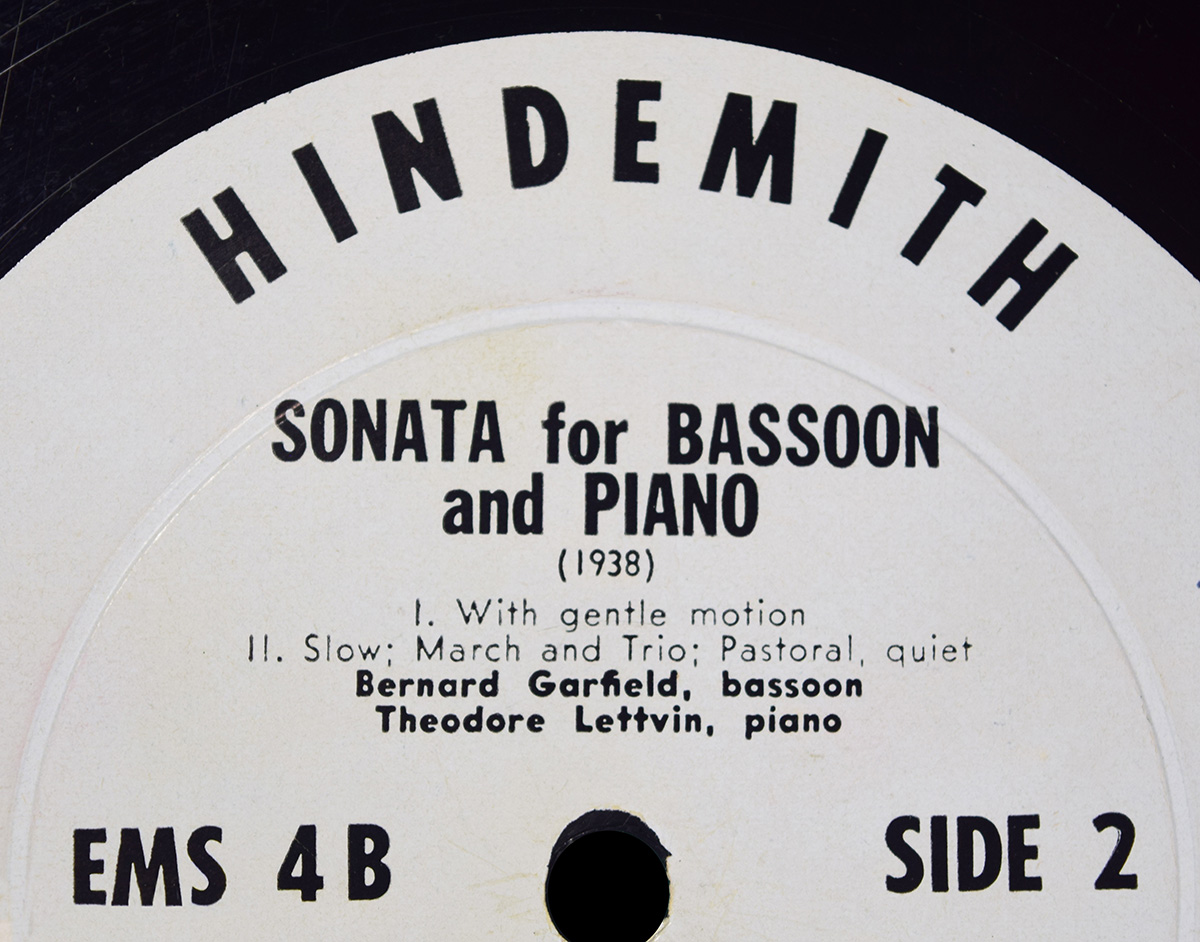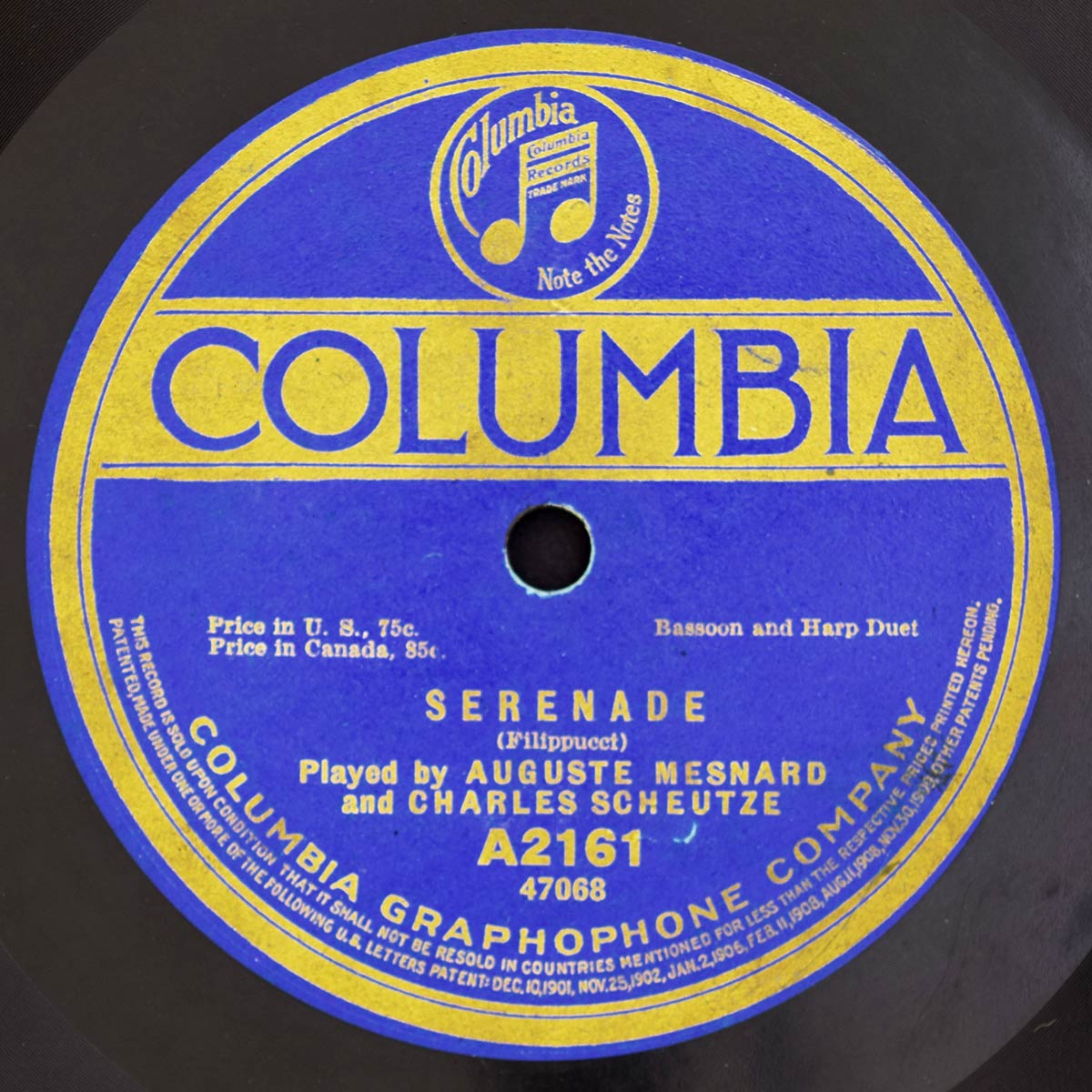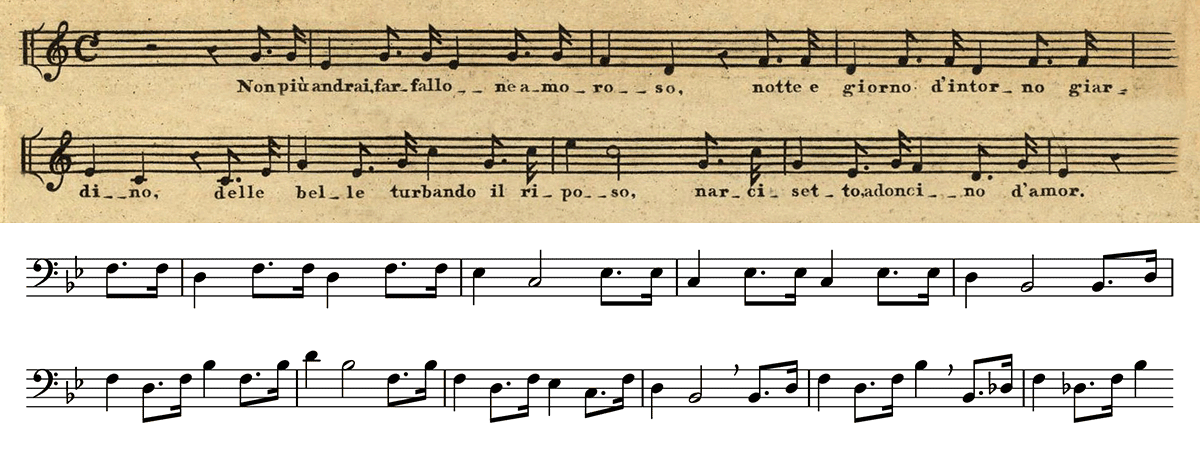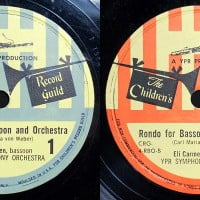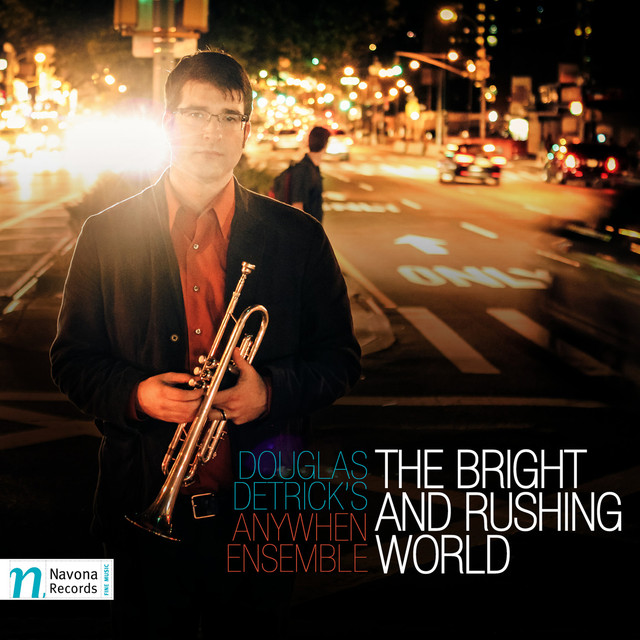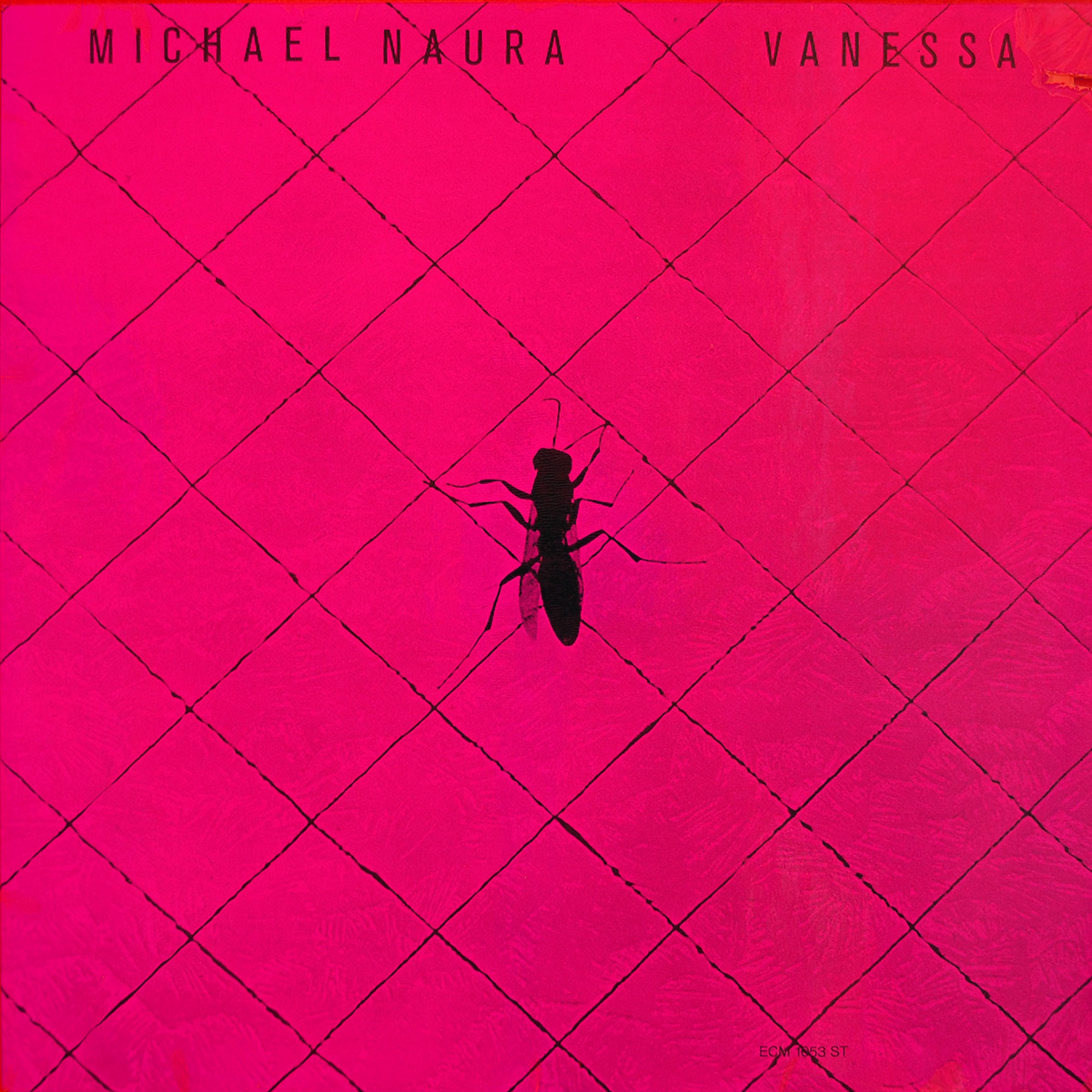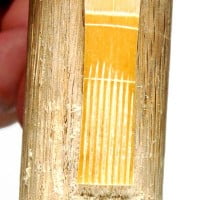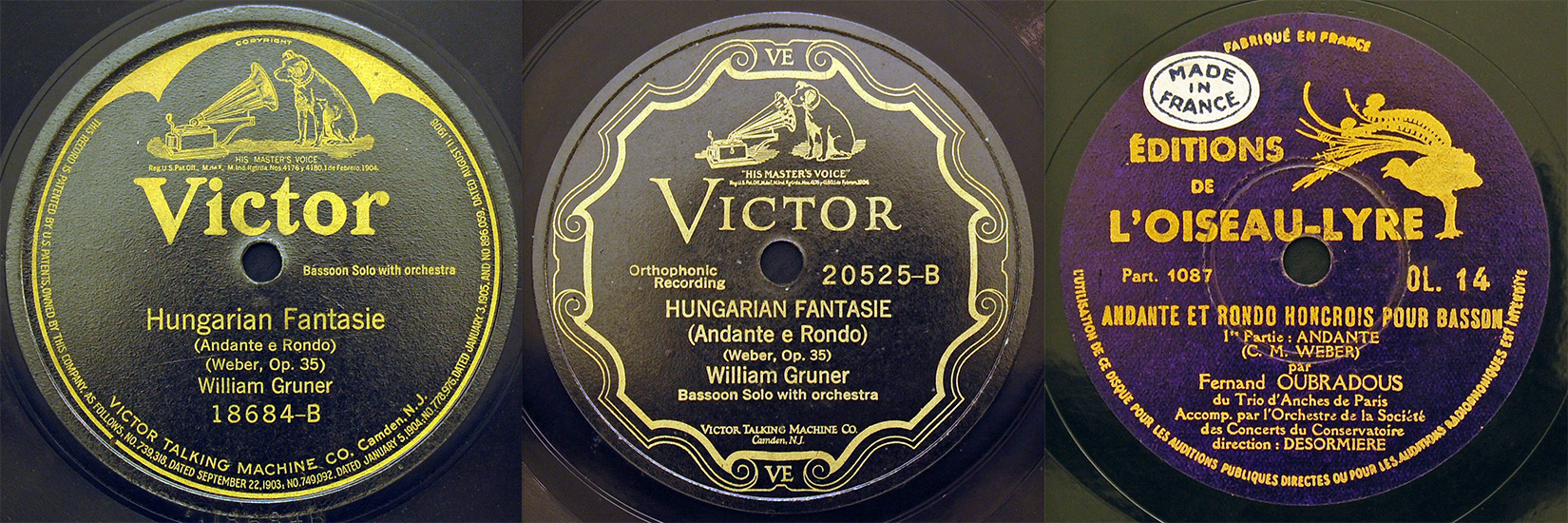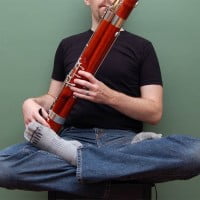Posts by Category:
Books/Movies
DIY
Editions
History
Jazz and Pop
Pedagogy
Recordings
Reed Making
Repertoire
Reviews
DIY
Editions
History
Jazz and Pop
Pedagogy
Recordings
Reed Making
Repertoire
Reviews
German composer Paul Hindemith wrote more than forty sonatas. In addition to at least one sonata for each standard orchestral woodwind, brass, and string instrument, he wrote for a number of less-common solo instruments, including the English horn, the viola d’amore, and the althorn. Although he was primarily a viola player, Hindemith owned and could play many of the instruments for which he wrote; he apparently had a particular interest in the bassoon. An entry in the Heckel visitor’s log indicates that Hindemith purchased a bassoon from the firm on October 9, 1927. Hindemith wrote his Sonate for bassoon in […]
Auguste Mesnard was born November 17, 1875 in Cognac, France. He began his musical career as a violinist, studying at the Ecole Nationale de Musique d’Angoulème, and earning a first prize from there in 1891. After an unsuccessful audition to enter the Paris Conservatoire, one of his musical colleagues in Angoulème suggested that he take up the bassoon instead. He evidently took to the instrument right away, as he managed to gain entry to Eugène Bourdeau’s bassoon class at the Paris Conservatoire only two years later (November 1893). He won a first prize there in 1897, and went on to bassoon […]
In Fall 2014, I was lucky enough to be invited to play Mozart’s Bassoon Concerto, K. 191 with Sac State’s University Orchestra under the direction of Leo Eylar. The Mozart concerto is the piece that follows bassoonists around for their entire careers. A teacher once told me: There are two types of auditions: ones that ask for the Mozart concerto, and ones that ask for a concerto of your choice, which means play the Mozart concerto. I’ve worked on the Mozart concerto on and off since high school, have played it for countless auditions, and have performed it with piano […]
I’ve written previously about the three earliest recordings of Carl Maria von Weber’s Andante and Hungarian Rondo — two featuring German-American bassoonist William Gruner (1920 and 1926), and one with French bassoonist Fernand Oubradous (1938). As a number of people pointed out, I left out another early recording by Eli Carmen from the late 40s. I didn’t have a copy at the time, but I’ve managed to get my hands on one now. This one’s a bit of an oddball: it’s only the Rondo, it was recorded for a children’s record label, and it was released on a vinyl 78rpm […]
I have long intended to write more here about specific jazz recordings that include bassoon. I have many favorites spanning basically the whole history of jazz, which I’ll get to eventually. But I’ve decided to start with a recent album from a band that’s new to me. Last month I received a copy of The Bright and Rushing World by Douglas Detrick’s AnyWhen Ensemble (thanks, Dad!). This, the group’s third album, was recorded in 2012 and released in March of this year. I’ve been listening to the disc on and off over the past few weeks, and I quite enjoy it. […]
The vast majority of people who have recorded bassoon in jazz contexts have been doublers who primarily play saxophone, such as Illinois Jacquet, Frankie Trumbauer, and Ben Wendel. A very small number of players (Paul Hanson and Michael Rabinowitz are the best known) truly specialize in playing jazz on the bassoon. But there is a third category as well: orchestral bassoonists who have occasionally ventured into jazz contexts. In 1935, Sol Schoenbach recorded four tunes by British jazz pianist Reginald Foresythe in a small group that also included Benny Goodman and Gene Krupa. Kenneth Pasmanick, longtime principal bassoonist of […]
I’m very excited today to release something to the world on which I’ve spent a great deal of time: a new performing edition of Antonio Vivaldi’s Concerto in G minor for bassoon, strings, and basso continuo (RV 495), prepared using a copy of Vivaldi’s own manuscript. You can download the whole thing (for free!) at the end of this post. But first I’d like to talk a bit about my path to the piece and my methods in creating this edition. I hope that this will all prove useful to someone out there, particularly since this is one of the […]
Scoring is the process of cutting a number of parallel vertical lines in the bark a piece of gouged, shaped, and profiled cane. These cuts make it easier to form the cane into a cylindrical tube and help prevent cracking during the forming process. Different reed makers have various theories of scoring, involving different numbers, spacing, length, and depth of score marks. There is also quite a variety of tools one can choose from to actually perform the scoring, ranging from a simple utility knife to Rieger’s quite expensive scoring machine. The tool I have used for years is close […]
Most of the early recordings that feature the bassoon did so in a comical fashion. A handful of artists recorded Quentin Ashlyn’s song “The Bassoon” in the first decades of the 20th century, and I have in my collection a couple of very strange (at least to modern ears) “laughing records” from the same era that include the bassoon. In 1911, Carl Borgwald recorded Julius Fučík’s classic “Der Alte Brummbär” in 1911 (released as “Polka Fantastique” in the U.S.). And in 1918, Edison released two somewhat silly piccolo/bassoon duets: “The Elephant and The Fly” and “The Nightingale and the Frog”, […]
2025 Update: I wrote this post in 2013, and now haven’t practiced hot yoga in years. I’m back to swimming as my primary mode of exercise, with some restorative yoga, strength training, and cycling mixed in. But I think the points below still stand, and many of them are certainly transferrable to other disciplined forms of exercise. I started practicing hot yoga about a year and a half ago. The studio I attend is devoted to Bikram Yoga, a form of Hatha yoga that consists of a prescribed series of 26 postures and two breathing exercises done in a 105°F […]

